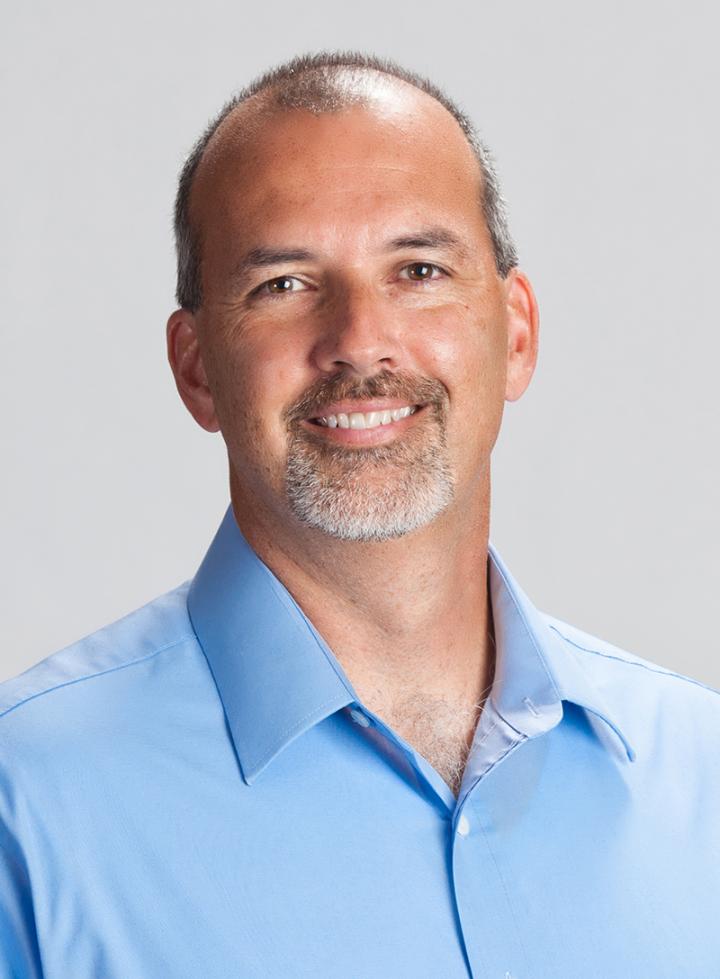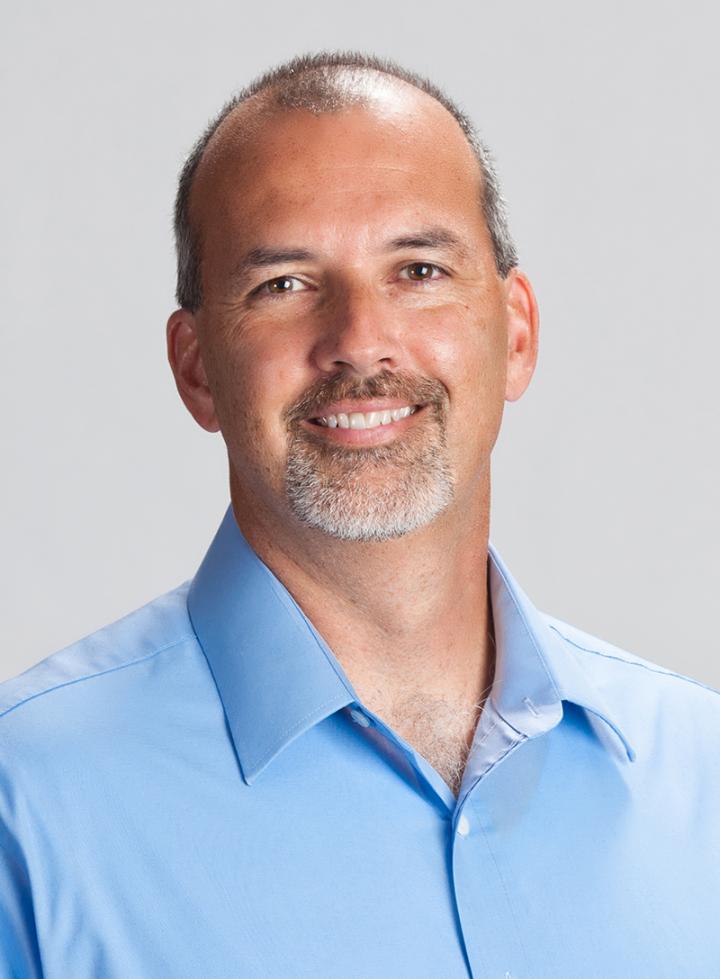
JUPITER, FL – February 29, 2016 – Scientists from the Florida campus of The Scripps Research Institute (TSRI) have for the first time developed a way to predict how a specific type of stem cell will act against different diseases. With more than 500 stem cell-based therapies currently in clinical trials, the findings could have an impact on evaluating these therapies and developing new ones.
The new study, published recently by the journal EBioMedicine, was led by Professor Donald G. Phinney, acting chair of Scripps Florida's Department of Molecular Therapeutics.
In some respects, stem cells are like coins–they have two sides. One side is their shape-shifting ability to differentiate into other types of cells; the flip side is their function, the effect they have on health and disease that underscores their therapeutic potential. For many years, Phinney noted, stem cell experts have believed that these two sides were separate and unrelated.
The new results, however, challenge that view.
"We found a coordinated link between stem cell properties and their functions," Phinney said. "With this new information, we can begin to predict how these functions can be manipulated to make the cells more therapeutically relevant."
Using a type of stem cell known as mesenchymal stem cells (which are derived from bone marrow and give rise to connective tissues, such as bone, cartilage and adipose tissue), Phinney and his colleagues examined levels of a molecule known as TWIST1 in different human donor populations. They found higher levels of TWIST1 produced more angiogenic effects–boosting new blood vessel growth–while lower levels produced more anti-inflammatory and immuno-suppressive effects.
Moreover, team members were able to show that manipulating levels of TWIST1 in both cells and animal models resulted in a predictable change in stem cells' functional attributes.
Based on their findings, the scientists developed a Clinical Indications Prediction or CLIP scale, which predicts the therapeutic potential of mesenchymal stem cells for a given disease indication based on their levels of TWIST1.
"There are a number of clinical trials testing mesenchymal stem cells to treat arthritis," said Siddaraju V. Boregowda, the first author of the study and a member of the Phinney lab. "Since angiogenesis is a key part of the disease process, stem cells with high levels of TWIST1 (indicating they are more angiogenic) would not be beneficial. These cells might be helpful instead for indications such as peripheral vascular disease where new vascularization is beneficial. The proposed CLIP scale accurately predicts these indications and contra-indications."
###
In addition to Phinney and Boregowda, other authors of the study, "A Clinical Indications Prediction Scale Based on TWIST1 for Human Mesenchymal Stem Cells," are Veena Krishnappa, Christopher L Haga of TSRI and Luis A. Ortiz of the University of Pittsburgh. See http://www.sciencedirect.com/science/article/pii/S2352396415302486
The work was supported by the National Institutes of Health (R24 OD018254, R01 HL110344 and R01 HL114795) and by TSRI.
Media Contact
Eric Sauter
[email protected]
267-337-3859
@scrippsresearch
http://www.scripps.edu





